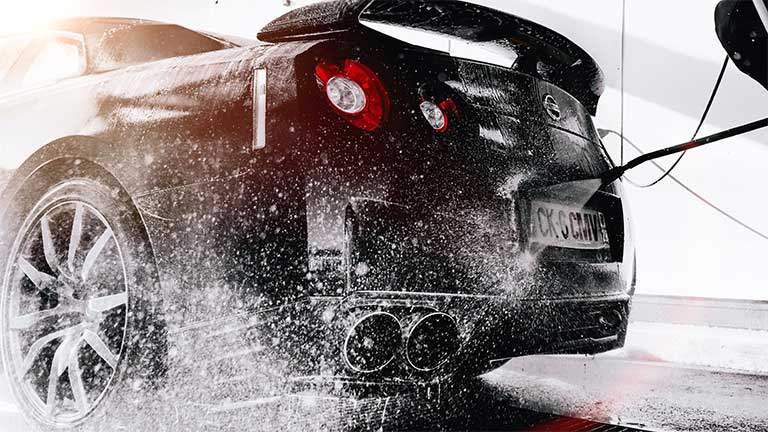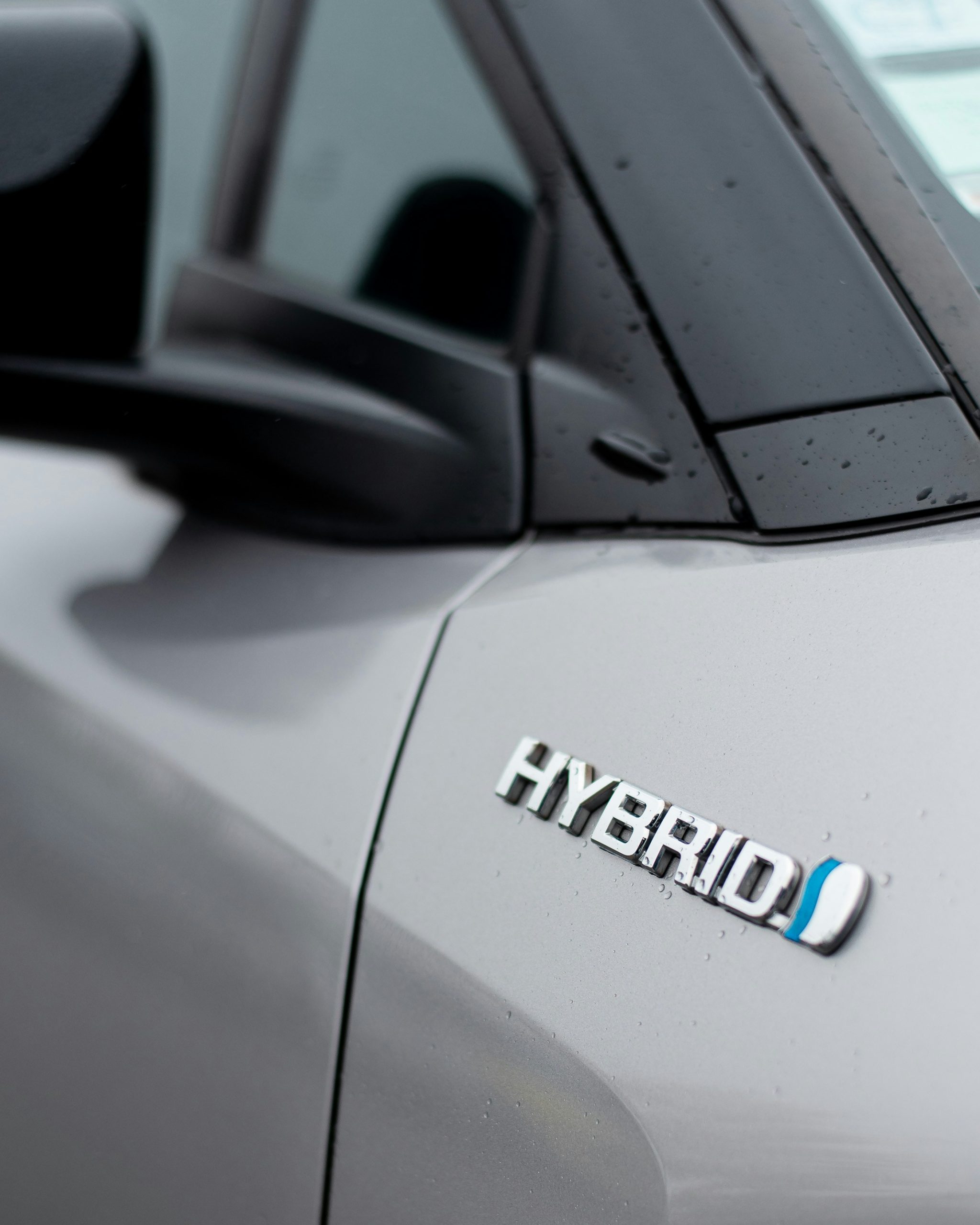What is exhaust gas recirculation?
Exhaust gas recirculation, or EGR for short, is the process of recirculating measured amounts of exhaust gases back from the exhaust manifold and into the inlet manifold. Exhaust gases then mix with the fresh air before being drawn into the engine as part of the combustion process. Every modern diesel engine has an EGR system.
What does it do?
The EGR system is an important emissions control system designed to reduce the number of oxides of nitrogen (or NOx) produced by a diesel engine under light to medium loads. NOx is a gas harmful to humans, so these devices play an important role in reducing harmful pollution.
How does it work?
The key point to remember is that, unlike petrol engines, diesel engines are not throttled. Therefore torque output is controlled solely by the amount of fuel delivered to the engine during the combustion process. So, under light and medium loads, there is always an excess of oxygen in the combustion chamber relative to the amount of fuel being delivered. When combined with a diesel’s relatively high compression ratio, we end up with the very high combustion chamber temperatures (above about 1,3000C) that facilitate the production of NOx gases. Introducing exhaust gases lowers the amount of oxygen in the combustion chamber, which subsequently lowers combustion chamber temperatures below 1,3000C, dramatically reducing the amount of NOx produced by the engine.
What is an EGR cooler?
An EGR cooler is a device that cools exhaust gases as they are recirculated back from the exhaust manifold to the inlet manifold. They are usually long tubes, either cylindrical, square or rectangular in shape. Inside are a number of tubes that the exhaust gases flow through. The tubes are surrounded by coolant supplied by the engine cooling system which removes heat from the gases before they reach the inlet manifold.
How do EGR coolers fail?
The most common failure is between the gas tube/s and the coolant chamber. This allows exhaust gases to enter the cooling system during operation and coolant to enter the EGR system after shutdown. Less common is where the exhaust tube breaks away from the cooler itself allowing exhaust gases to escape directly to the atmosphere. Very occasionally you will see an external coolant leak from the cooler itself.
What are the symptoms?
For gas tube/coolant chamber leaks, the first sign is usually a slight but persistent drop in coolant level. As the leak gets worse you may experience rough idle on start and white smoke from the coolant that has leaked into the ERG system during a shutdown. Under operation, high-pressure exhaust gases will
enter the cooling system, lowering its thermal efficiency and causing a rise in operating temperature, and possibly even an overheating event.
Broken exhaust tubes will result in an immediate increase in engine noise, making your nice quiet diesel suddenly sound like a 50-year-old tractor! And external leaks result in coolant stains around the ERG cooler and a ‘chemical’ smell in the engine bay.

How to diagnose an EGR cooler failure
Gas tube/coolant chamber failures present the exact same symptoms as a cracked head and/or a head gasket failure. So it’s important to check the condition of the EGR cooler before removing the cylinder head for inspection. There are a few options:
1. Check for the symptoms outlined above. The vehicle may need to stand overnight for the rough idle and white smoke symptoms to present.
2. Check for the presence of combustion gases in the cooling system. We use the Tee-Kay system which draws air from the cooling system through a blue liquid. If the liquid changes colour to yellow, there is CO2 in the cooling system indicating the presence of exhaust gases.
3. Next, we have to decide whether the failure is with the EGR cooler or the cylinder head and/or gasket.
4. If symptoms are severe (e.g. lots of white smoke and rough running) it may be possible to isolate the cooler from the rest of the cooling system. If the symptoms then go away, it’s most likely a cooler fault. If they don’t, it’s probably a cylinder head/gasket fault.
5. For mild symptoms (e.g. minor but persistent coolant drop and no external leaks) the cooler will need to be removed for inspection and possibly pressure testing. Look for clean areas inside the cooler where the coolant has washed away soot deposits. You may also see drops of coolant inside the gas tubes.
How to repair the fault
Light vehicle EGR coolers cannot be repaired, so the only option is a replacement.
How much does it cost?
Repair costs depend on two factors: the cost of the replacement cooler and the location of the cooler. Some engines have the cooler running across the front of the engine, making replacement quick and easy. This keeps labour costs low. Others have the cooler hidden away at the rear of the engine, requiring the removal of the gearbox to access the cooler. In these cases, labour costs are high.
So, an aftermarket cooler that is easily replaced (like on an early 3.0L Ranger) might cost around $800.00 including all parts and labour. Replacing a Volvo cooler with a genuine replacement could be as high as $2,500 to $3,000. The Volvo cooler is an engineering work of art and therefore quite expensive. And it’s not really accessible so there is a fair bit of labour involved as well as additional gaskets and seals that also need replacing.
Need help?
Give us a call or fill out our contact form. We’re always available for a bit of advice! You can also read more about our diesel engine services on our website.
Book Now







